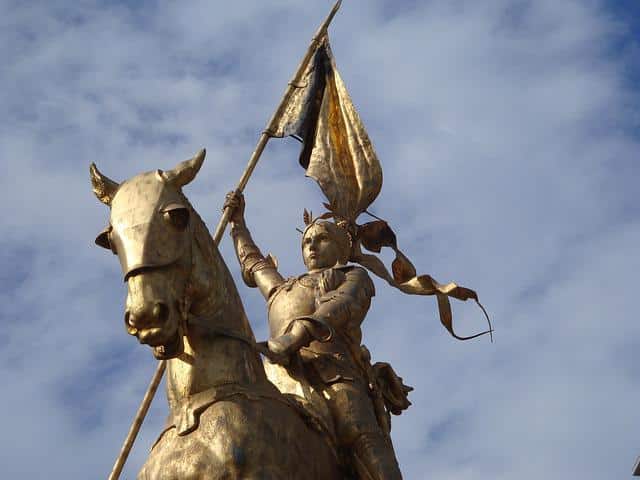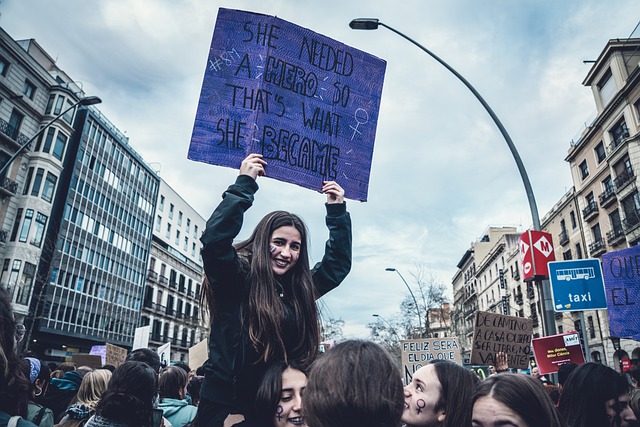
Statue of a person proudly waving his flag
The adjective "enarlor" is used to refer to the action of raising a flag , a banner or a similar element with the aim of making it visible . Generally, the act consists of taking the object and raising it over one's head.
Some examples
Since this is not a common term in everyday speech, we will see it in context with the help of three example sentences: “When I saw the sergeant raise the flag of our country in that inhospitable territory, I was overcome with emotion” , “Five activists reached the top of the mountain to raise, once they arrived at the summit, a flag in favor of blood donation” , “The organizers of the march asked those attending not to raise political flags, since it was a demonstration without partisan or ideological distinctions” .
People who feel adoration for their country often get emotional when they see its flag, as it gives them an incomparable feeling of belonging. In the case of a flag that represents a cause, such as the importance of blood donation, flying it can positively impact public awareness . Finally, in certain areas it is not appropriate to make certain ideas public, in order to keep the conversation neutral.
Spread a message
By raising a coat of arms or insignia, one seeks to mark one's presence or to spread a message . The person who raises the insignia intends for others to see the insignia and, therefore, to know that a representative or supporter of some type of entity or movement is present.
From the moment we externalize our ideas or preferences, that is, express them in the material world, we are sending a message. Although the intention is not always to reach everyone, it is enough to do so in front of just one person for it to influence them and change their way of seeing us , even if to a very small degree.
Other meanings
In certain contexts, the idea of raising oneself refers to displaying a weapon or an object that is used to threaten: “Do not doubt it: if necessary, I will raise my sword to defend the honor of my people” , “As soon as he entered the store, the criminal decided to raise his pistol to intimidate the employees” , “When the policeman tried to raise his revolver, the thief shot him” .
Finally, hoisting can be used in a symbolic sense, to denote the defense of a cause or an idea. Let us not forget that when we talk about hoisting a flag or a banner, the intention is to raise it as high as possible so that others can see it, to place it above everything and everyone else. If we think about doing the same with our convictions, the action will be to talk about them, spread them, live according to them so that the people around us understand how important they are to us.

At protests, it is normal to hold up signs or illustrations that represent our ideas.
This can be seen in the following three examples: “The legislator once again made a speech with an anti-Semitic tone to the boos of his peers” , “Despite the crisis, we must not stop raising the flag of joy, since positive changes are achieved with smiles and good spirits” , “Every chance he gets, Gómez takes advantage of the opportunity to raise his foreign trade project” .
In the first sentence, the legislator gives a speech that provokes a negative response from those present; but he does not do it in a normal way, but with passion, conviction and the desire to communicate his ideas, even if they are absolutely wrong. The second one highlights the importance of praising joy to face difficult times, of carrying it high like a flag. Finally, it speaks of someone who does not miss an opportunity to praise his project.
